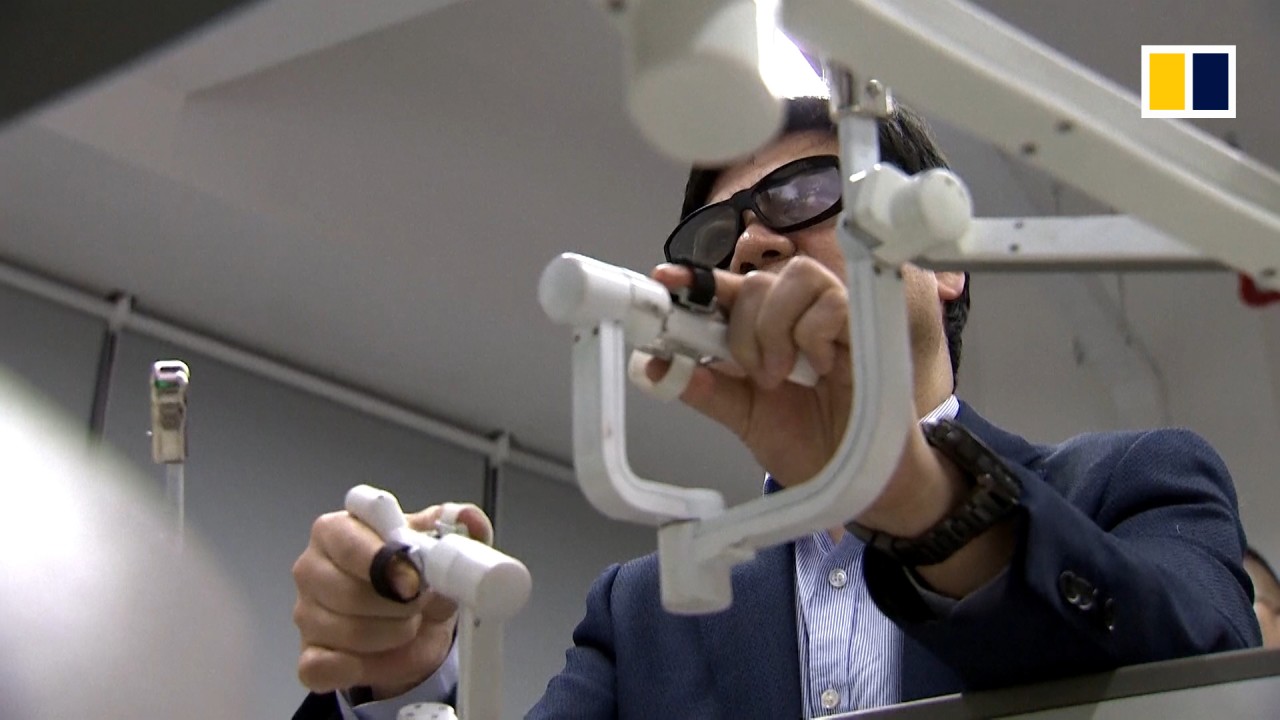
Is China’s man-made liver therapy a game-changer for millions battling liver failure globally?
- The stem cell-based bio-artificial liver has been approved for clinical trials to help liver patients remove toxins from their blood
- Promising technology could be on the verge of a breakthrough in commercial use, report says
Chinese authorities have given the green light for clinical trials of a stem cell-based artificial liver – a development that could help millions of people battling liver failure.
A Chinese team has created a bioreactor for a bio-artificial liver – a device outside the body that performs the liver’s job of detoxification and synthesising proteins and chemicals necessary for digestion and growth.
Blood flows through the bioreactor system, which uses a hollow fibre membrane to grow stem cells and essential substances, which are then introduced to a patient’s bloodstream and help them regenerate tissue and suppress liver damage caused by inflammation.
Similar membranes are widely used in other medical processes, such as dialysis, but this is the first time it has been used to culture stem cells.
Before gaining approval for clinical use, however, the innovative device must demonstrate that it can deliver results over several phases of clinical trials.
“In animal models involving pigs and monkeys, we observed that our method increased the survival rate from 17 per cent, as seen with conventional treatments, to 87.5 per cent,” said Gao Yi, executive director of the Translational Medicine Centre at Zhujiang Hospital of Southern Medical University in Guangdong province.
“Its efficacy seems very good, observed both in cell models and in animal models like mice, pigs and monkeys. Additionally, our quality control in production is stable,” said Gao, who oversees development of the technology.
There is no medication that can cure this fatal disease, and conventional treatments typically only manage the condition.
A liver transplant is the only effective treatment, but its use is limited by a shortage of liver donors, complex surgery, high costs, and the need for lifelong immunosuppressants, according to Jiao Xingyuan, a professor and liver transplant specialist at the First Affiliated Hospital of Sun Yat-sen University in Guangzhou, who was not involved Gao’s research.
“The stem cell-based artificial liver therapy proposed by Dr. Gao is a simple and efficient strategy,” Jiao said, calling it a “breakthrough” approach.
“We look forward to the widespread application of this treatment method in clinical practice.”
Yet these systems come with downsides such as significant side effects, a high demand for plasma and an inability to reverse liver damage.
Smash Mouth singer Steve Harwell dies of liver failure at 56
Bio-artificial livers, which operate more like real livers due to their comprehensive functions, and do not rely on extrinsic plasma and blood proteins, started to emerge in the 1980s. Gao began his research in the field in 1996. His was the first project of its kind to be funded by the National Natural Science Foundation of China, he said.
According to the Frost & Sullivan report, bio-artificial livers are still in the research and development phase, with no products on the market yet.
But the technology could be on the verge of a breakthrough in commercial use.
One pioneer in the field is Vital Therapies, an American company that has conducted the most clinical cases to date. Between 1999 and 2018, it collected data and findings from 11 clinical trials of its Extracorporeal Liver Assist System (ELAD) involving around 600 patients. However, it has not been approved for use by US regulators after failing in the crucial Phase III trial.
Rare cancer patients live longer with twin treatments, Hong Kong trials show
In China, at least two biotech companies have entered the clinical trial phase. One of them, Wuhan-based Togo Meditech, has collected results from dozens of cases in clinical trials.
Gao is optimistic about his team’s device, which he is working to commercialise in collaboration with Qian Hui Biotech in Guangzhou.
His team is also working on launching another clinical trial for a combined bio-artificial liver device.


